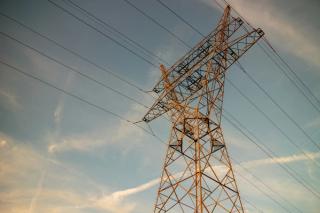
Focus on the power grid – Opportunities and challenges unique to data centre power
by Peter Lo
View post

After some uncertainty, the EU has now reached a provisional political agreement on its EU Nature Restoration Law although the deal still has to be adopted by the European Parliament and European Council, after which the new law will be published in the EU Official Journal and enter into force 20 days later. While the final vote is not expected to take place until December 2024, this marks a positive step towards securing the social and financial future of the EU region in the face of mounting nature-related disruption and challenges. From climate change resilience to clean water and food security, nature restoration is vital. Every euro invested in restoring nature is expected to result in an €8 - €38 return in benefits.
The Nature Restoration Law will also enable companies to justify and commit to ambitious corporate targets for nature, which many companies are already exploring in order to reduce their nature-related business risks.
The law includes targets to:
This is in line with the EU’s international commitments, in particular those contained within the UN Kunming-Montreal Global Biodiversity Framework (GBF) and EU cities’ delivery of their Green City Accord commitments.
Opponents of the law claim that it will have negative implications for farmers, fishermen, businesses and jobs, but this opinion is contrary to the scientific evidence, which shows that restoring nature would improve food security, help fisheries, create jobs and save money. The law also has significant backing from the business and finance sector networks, who have put on record their support for it.
In response to concerns about the law, it contains an emergency brake, so targets for agricultural ecosystems can be suspended under exceptional circumstances if they create severe EU-wide consequences for the availability of land required to secure sufficient agricultural production for EU food consumption.
We can act now, in advance of the final implementation of the law towards achieving its targets. We can demonstrate that this is practical and has positive outcomes; there is no requirement to wait for governments, although we can encourage them to catch up. We can do this through the creation of well-thought-out, science-based, corporate biodiversity policies and standards, and in particular through rapid implementation and monitoring of the original measures. Implementation can be achieved via investment in nature-positive projects, and by going beyond offsetting on development sites to create tangible benefits for nature and people above any statutory requirements; this can be done in a proportionate and cost-effective manner.

by Peter Lo

by Melissa Birch, Tarra Tamang

by Mariana Paloscia